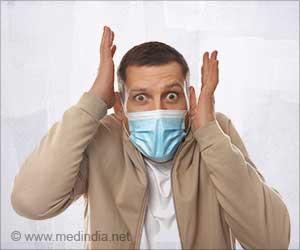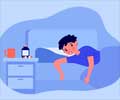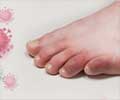The SARS-CoV-2 virus is nonviable if deposited on a cash banknote. It may be more stable on plastic money cards like credit or debit cards.

‘The COVID virus is not capable of growing on a cash banknote. But, the virus actually shows greater stability on plastic money cards, with the live virus still being detected 48 hours after initial deposition, said the team at Brigham Young University in the US.’





It turns out that this decision, though well-intentioned, was misguided. "Early in the pandemic, we had this massive outcry for businesses to stop using cash; all these businesses just followed this advice and said OK we are credit card only," said study author Richard Robison, a BYU professor of microbiology and molecular biology.
SARS-CoV-2 on Dollar Bills
The study published in PLOS ONE concluded that the use of credit and debit cards over cash as a COVID-19 prevention measure is not advisable.For the study, the team analyzed a bunch of $1 bills, quarters, pennies, and credit cards and inoculated the money with SARS-CoV-2. The cash, coins, and cards were then sampled and tested for virus detection at four-time points afterward: at 30 minutes, 4 hours, 24 hours, and 48 hours.
SARS-CoV-2 was difficult to detect on the dollar bills even just 30 minutes later. The team found the virus was reduced by 99.9993 percent at the 30-minute mark. After 24 and 48 hours, they tested again and found no live virus on the banknotes.
Advertisement
The coins performed similarly to the plastic cards, with a strong initial reduction in virus presence, yet still testing positive for the live virus after 24 and 48 hours.
Advertisement















